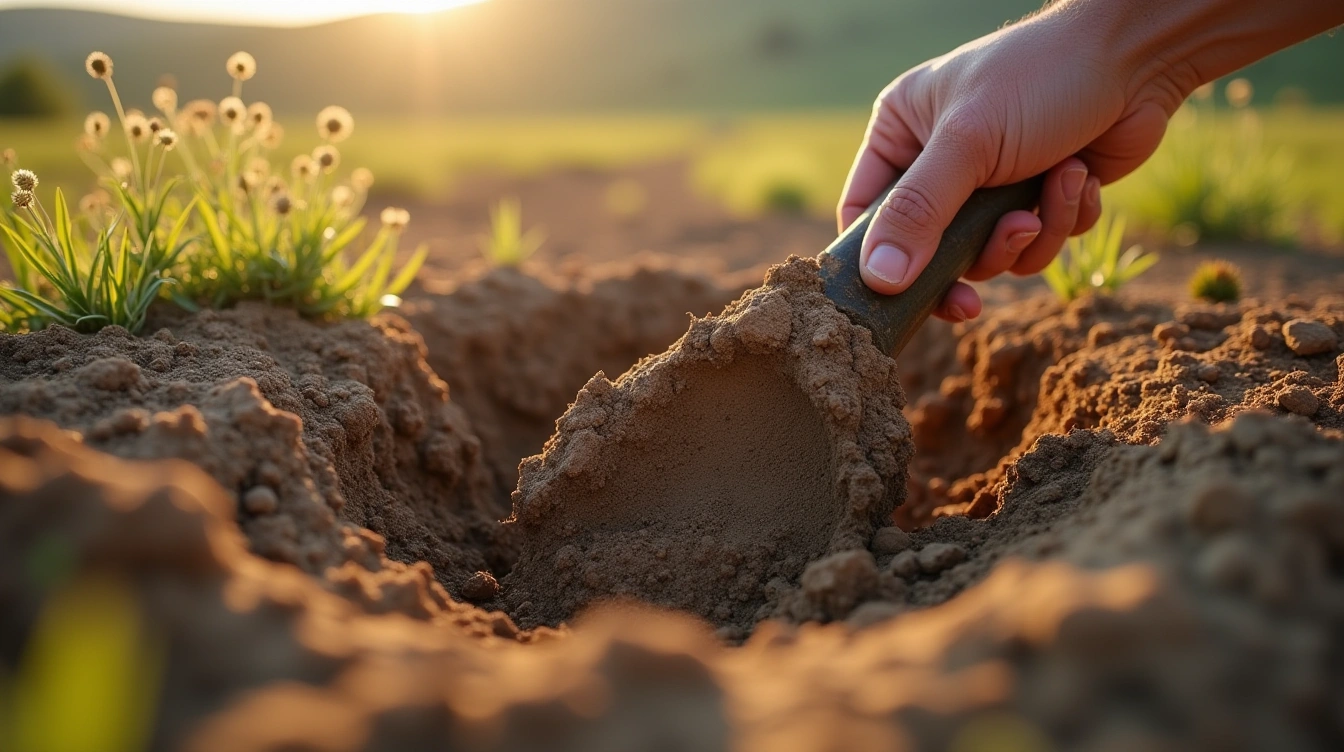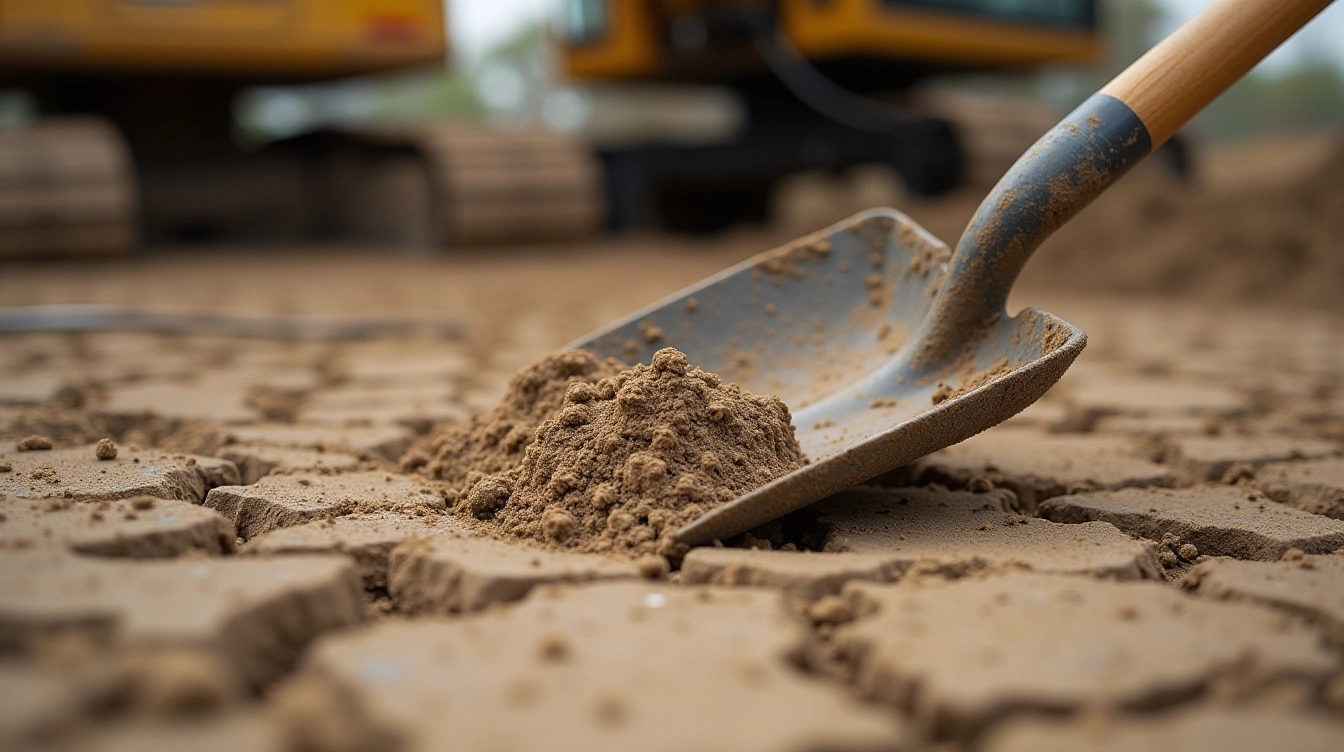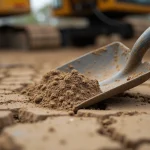Effective Methods for Improving Soil Stability: A Foundation for Success
Soil stabilization techniques transform weak ground conditions into reliable foundations, reducing construction costs by up to 40% while extending project lifespans significantly. According to the Global Ground Improvement Market Report 2024, the soil stabilization sector reached $4.2 billion this year, driven by increasing infrastructure demands and climate resilience requirements. Are you facing challenging geotechnical conditions that threaten your project timeline and budget? Modern Ground Improvement Solutions offer proven methods to address everything from soft clay settlements to liquefaction risks, ensuring your construction project starts on solid ground.
Understanding Soil Conditions: The Foundation of Strategic Planning
Every successful ground improvement project begins with a thorough geotechnical investigation. This preliminary analysis reveals the soil’s composition, strength parameters, and potential challenges that could impact construction stability. Without this crucial first step, even the most advanced improvement techniques may fail to deliver lasting results.
Also to read : Luxury airport transfers from north berwick to edinburgh airport
Clay soils present unique challenges due to their high plasticity and susceptibility to volume changes with moisture variations. These conditions often require specialized approaches like deep mixing or chemical stabilization to achieve the necessary bearing capacity. Sandy soils, while generally more stable, can suffer from liquefaction risks in seismic zones or inadequate density for heavy structural loads.
Organic soils pose perhaps the greatest complexity, as their high compressibility and low strength characteristics demand careful evaluation of settlement potential. The presence of peat or other organic matter typically necessitates complete removal or advanced treatment methods like preloading with vertical drains.
Also read : Relaxation awaits: unveiling spa breaks in bath
Accurate soil characterization directly influences technique selection, project timelines, and cost estimates. A comprehensive understanding of subsurface conditions enables engineers to design targeted solutions that address specific soil deficiencies while optimizing resource allocation and ensuring long-term project success.
Mechanical Ground Stabilization: Proven Engineering Solutions
Mechanical ground stabilization transforms weak soils into reliable foundations through proven engineering techniques. These methods apply physical forces to improve soil density and bearing capacity without chemical additives.
- Dynamic Compaction: Heavy weights dropped from heights of 10-40 meters create shock waves that densify loose granular soils and collapsible soils. Ideal for large sites requiring uniform improvement to depths of 10-15 meters. Limitations include noise generation and unsuitability for fine-grained soils.
- Vibro-Compaction: Vibrating probes inserted into soil create controlled liquefaction, allowing particles to rearrange into denser configurations. Works exceptionally well in clean sands and gravels. Cannot effectively treat cohesive soils due to their low permeability.
- Stone Columns: Vertical columns of compacted aggregate transfer loads to deeper stable layers while providing lateral support. Excellent for soft clays and organic soils beneath foundations. Installation requires careful quality control to ensure proper stone placement and compaction.
- Preloading with Vertical Drains: Temporary surcharge loads combined with prefabricated vertical drains accelerate consolidation in fine-grained soils. Highly effective for large area treatment but requires extended treatment periods of 6-18 months.
Each technique offers distinct advantages depending on soil conditions, project requirements, and site constraints. Professional soil analysis determines the optimal stabilization approach for maximum effectiveness.
Chemical and Biological Enhancement: Modern Innovation in Action
Chemical stabilization transforms problematic soils using sophisticated injection techniques. Grout injection fills voids and cracks by injecting mixtures of cement, bentonite, or specialized resins under pressure. This method is particularly effective for treating loose granular soils and improving their cohesion in a lasting way.
Deep soil mixing revolutionizes the treatment of soft clays by directly mixing the soil with hydraulic or chemical binders. The resulting columns reach significant depths and offer immediate strength. Jet grouting complements this approach by using high-pressure jets to cut and replace the soil with a homogeneous cementitious material.
Biological approaches are emerging as a promising sustainable alternative. Biocementation harnesses the activity of specific bacteria to precipitate calcium carbonates between soil grains, creating natural cementation. Although slower, this technique offers excellent environmental compatibility and long-lasting results over several decades.
Project Implementation: From Planning to Execution
The success of a geotechnical project relies on a rigorous methodology that begins well before the first work on site. The initial planning phase forms the foundation of any effective intervention, incorporating a detailed analysis of geological data, the precise definition of technical objectives, and the establishment of a realistic schedule.
The choice of equipment is made according to the specific constraints of the site and the chosen techniques. This technical selection directly influences the execution timeframe and requires close coordination with suppliers to guarantee the availability of equipment when needed.
Managing time constraints involves anticipating interfaces with other trades. The installation of soil treatment equipment must be seamlessly integrated into the overall project schedule, avoiding conflicts over the use of workspaces.
Quality control is exercised throughout the execution process using systematic verification protocols. These procedures guarantee that the work complies with technical specifications and allow for real-time adjustments to intervention parameters based on the conditions encountered.
Cost-Benefit Analysis: Maximizing Return on Investment
Economic analysis of soil improvement projects reveals an interesting financial paradox. While initial costs can represent 15 to 25% of the total construction budget, these investments generate substantial savings over the project’s lifetime.
Techniques such as dynamic compaction or grout injection have variable intervention costs depending on the depth and surface area treated. However, these methods effectively prevent differential settlement, which can lead to costly structural repairs, sometimes exceeding 200% of the initial improvement investment.
The impact on foundations is a key factor in the return on investment. Stabilized soil allows for a reduction in foundation depth of 30 to 40%, generating direct savings on materials and labor. Furthermore, the reduced risk translates into more favorable construction insurance premiums and increased property value.
The payback period generally varies between 3 and 7 years depending on the technique used, with a notable advantage for injection methods which offer exceptional durability over several decades.
Performance Monitoring: Ensuring Long-term Success

Once the soil improvement work is complete, the real test begins. Performance monitoring determines whether the investments made will produce the expected results in the long term. This critical phase separates successful projects from costly failures.
In-situ testing constitutes the first line of control. These tests, carried out at regular intervals, measure soil resistance, bearing capacity, and dimensional stability. Permanent instrumentation complements this approach with sensors that continuously monitor settlement, pore water pressure, and structural deformation.
Key indicators include maintained bearing capacity, the absence of differential settlement, and the stability of geotechnical parameters. Scheduled preventive maintenance ensures the long-term viability of the improvements, while contractual warranties protect the initial investment against premature failure of the implemented solutions.
Your Ground Improvement Questions Answered
Ground improvement projects often raise complex technical questions. Understanding the right approach for your specific site conditions can make the difference between project success and costly delays.
What are the most effective methods for improving weak soil conditions?
Dynamic compaction, stone columns, and deep soil mixing are most effective. The best method depends on soil type, depth of weak layers, and load requirements for your specific project.
How much does ground stabilization cost for construction projects?
Costs typically range from £15-50 per square meter depending on method and soil conditions. Stone columns often provide the most cost-effective solution for moderate improvements.
Which soil improvement technique works best for clay soils?
Deep soil mixing with cement or lime works exceptionally well for clay soils. This method creates composite columns that significantly increase bearing capacity and reduce settlement.
How long do ground improvement results typically last?
Most ground improvement techniques provide permanent solutions lasting 50+ years. Stone columns and deep mixing maintain their effectiveness throughout typical structure lifespans with proper design.
What equipment is needed for deep soil mixing projects?
Specialized drilling rigs with mixing augers, cement delivery systems, and quality control equipment. Professional contractors typically own this specialized machinery for optimal project execution.











